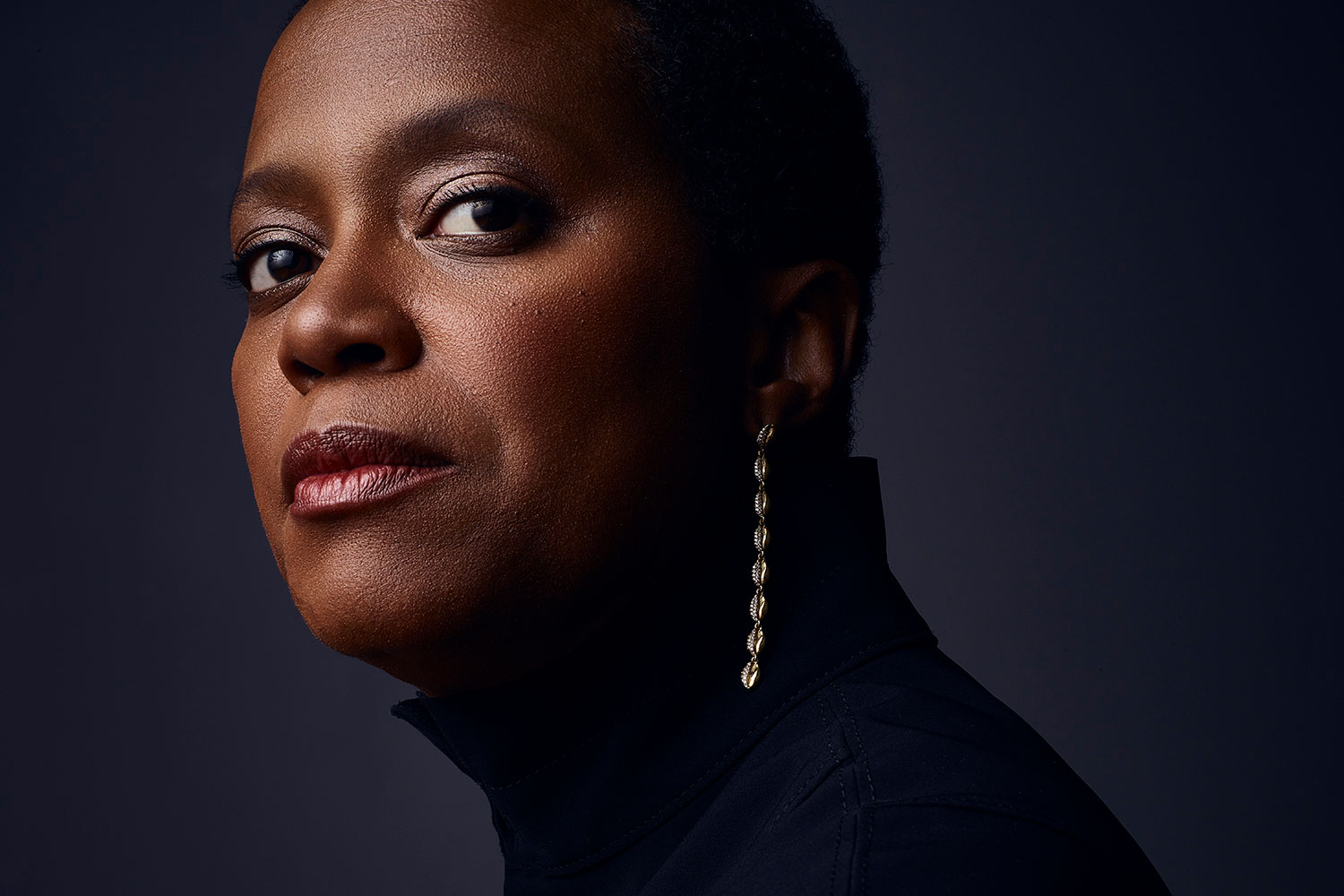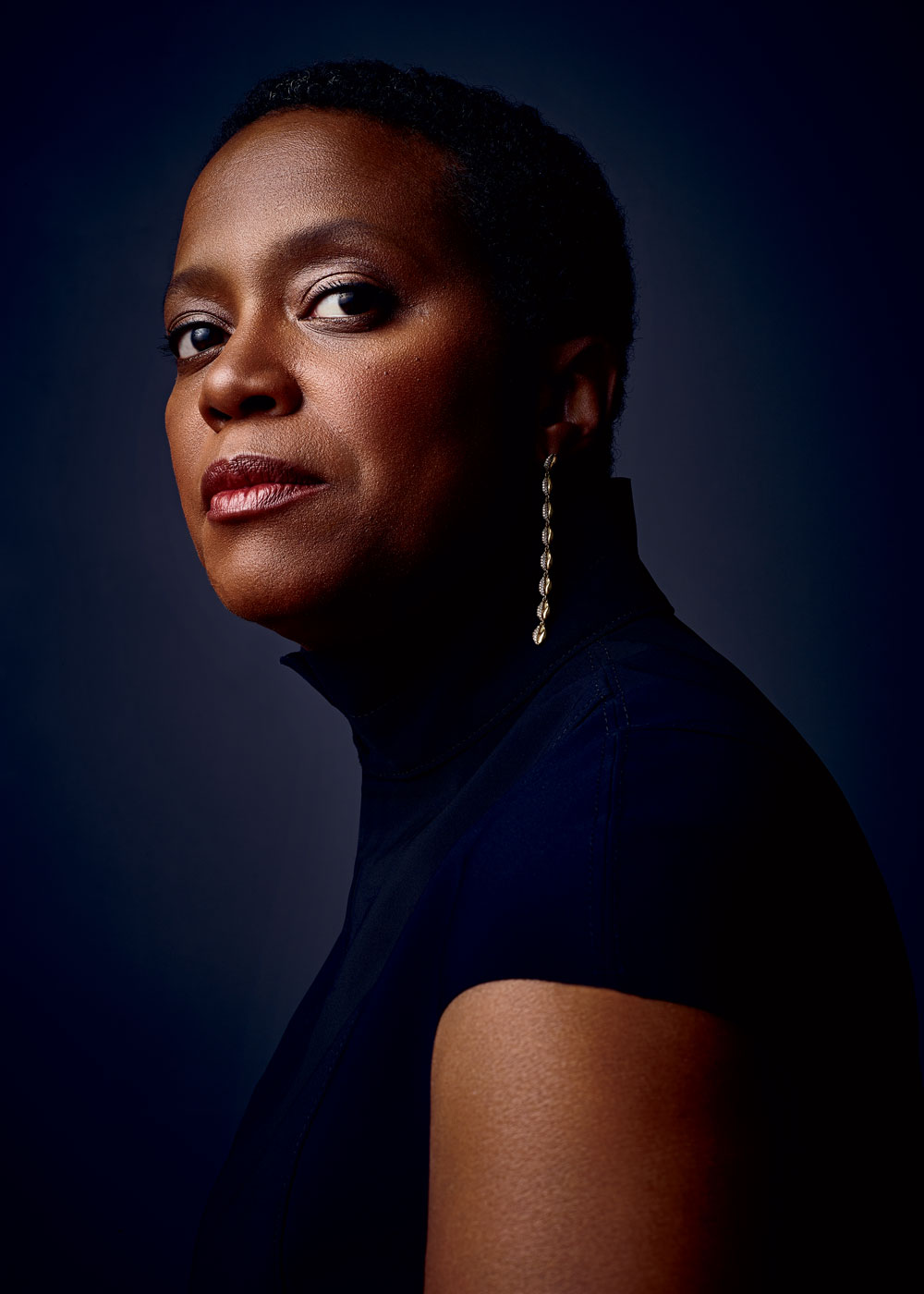In the 1930s, the U.S. government sent color-coded maps to mortgage lenders that wound up determining which sections of Chicago prospered and which declined. Areas inhabited predominantly by Black people were shaded red and deemed too risky for federally insured home loans. “My whole existence is a result of that map,” says artist Amanda Williams, whose work is at once political, playful, and joyous. She grew up in Auburn Gresham, one of those redlined neighborhoods, and she saw the systemic imprint each time she crossed Western Avenue or journeyed to school in Hyde Park. It was like stepping through a portal into an alternative reality of neighborhoods that, unlike her own, were able to accumulate wealth and services.
“This sets a new history about neighborliness, civic engagement.”
Redefining Redlining, her transformative public art project, takes on the continuing legacy of that map. In the fall of 2022, Williams orchestrated the planting of 100,000 tulips on connecting vacant lots at the corner of East 53rd Street and South Prairie Avenue, not far from where she now lives in Bronzeville. The block had come to look disturbingly like an actual prairie, with more than 20 properties torn down over the years. The bulbs filled in their footprints. Using color to explore both aesthetics and racial identity has been a hallmark of Williams’s art. She emerged in the mid-2010s with Color(ed) Theory, in which she repainted eight vacant homes on the South Side slated for demolition, coating each of them with a single color evoking her sense of place (Harold’s Chicken Shack red, Pink Oil Moisturizer). “So when you think about color value,” says Williams, who was trained as an architect, “it explodes my mind.”
This spring, the 100,000 tulips bloomed, a sea of lush red re-creating the redlining map, life size. It felt like a reckoning, exposing a history of injustice. Visually, it was stunning — something for the people who live in that community to admire. “They can look down and see beauty,” Williams says. Redefining Redlining was also a celebratory coming together, as 450 people helped plant the bulbs. “This sets a new history about neighborliness, civic engagement,” Williams says. And each spring, the tulips will bloom again.




